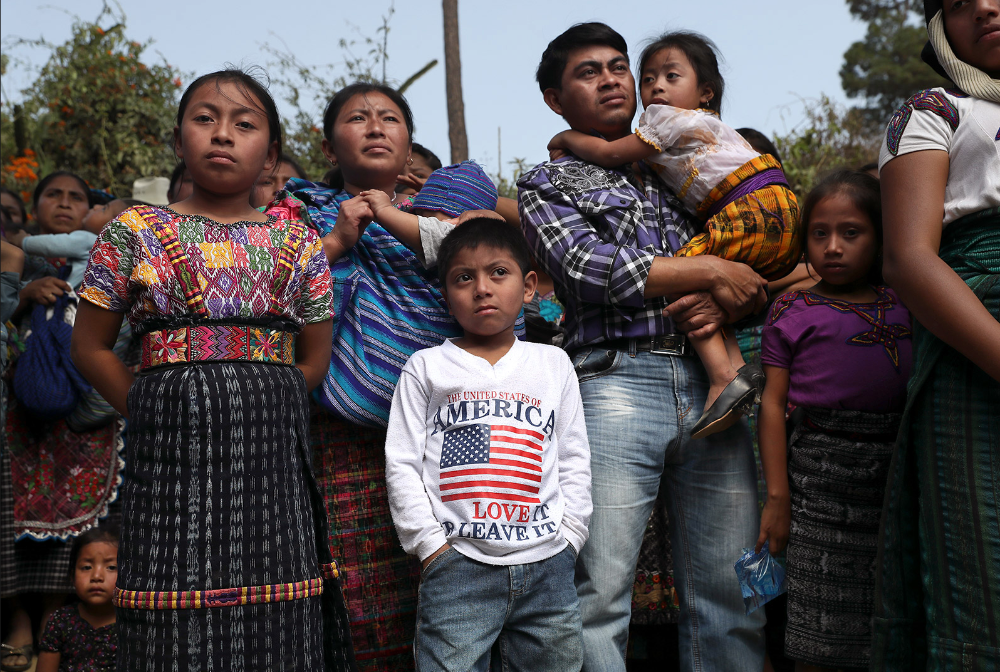Teach This Poem, though developed with a classroom in mind, can be easily adapted for remote learning, hybrid learning models, or in-person classes. Please see our suggestions for how to adapt this lesson for remote or blended learning. We have also noted suggestions when applicable and will continue to add to these suggestions online.

Look closely at the images from “Inside the Border Crisis.”
The following activities and questions are designed to help your students use their noticing skills to move through the poem and develop their thinking skills so they understand its meaning with confidence, using what they’ve noticed as evidence for their interpretations. Read more about the framework upon which these activities are based.
-
Warm-up: What words or phrases come to mind when you hear the word “citizen”? (Teachers, create a word cloud of student responses.) Share these responses and discuss which words/phrases from the word cloud stand out the most. What does this tell you?
-
Before Reading the Poem: Join with a partner or small group and go on a virtual gallery walk with the images from “Inside the Border Crisis.” (Teachers, you may want to review the images beforehand.) What stands out in each image? Why? What else do you see? How are these images related? What questions do you have?
-
Reading the Poem: Silently read the poem “Citizenship” by Javier Zamora. What do you notice about the poem? Note any words, phrases, or poetic structures that stand out to you, or any questions you might have.
-
Listening to the Poem: Enlist two volunteers and listen as the poem is read aloud twice, and write down any additional words and phrases that stand out to you. Or, you may opt to watch the poet read the poem.
-
Small Group Discussion: Share what you noticed about the poem with a small group of students. Based on the details you just shared with your small group and the resources from the beginning of class, what does it mean to be a “citizen”? What does this poem say about citizenship?
-
Whole Class Discussion: How does the repetition in the poem impact your reading? Why? What do you think of how the poem shifts from a third-person point of view of “they were hungry” to a first-person plural point of view “we didn’t have any”? What might this mean? (Teachers, if your students need more context, the About this Poem section offers insights into the writing of this poem.)
-
Extension for Grades 7-8: Read more poems about immigration. Then write a poem about what it means to be a citizen or something you found inspiring. Share your poem with the class.
-
Extension for Grades 9-12: Learn more about the poet Javier Zamora by reading an interview with him. After reading this, participate in a Socratic Seminar with your classmates about the article, poem, and what it means to be a citizen.
Explore resources and teaching guides from Facing History & Ourselves designed to help educators address immigration and common questions and opinions that can arise about the topic. Activities include poems, character maps, articles, videos, and more.
Repetition: the poetic technique of repeating the same word or phrase multiple times within a poem or work. Read more.
